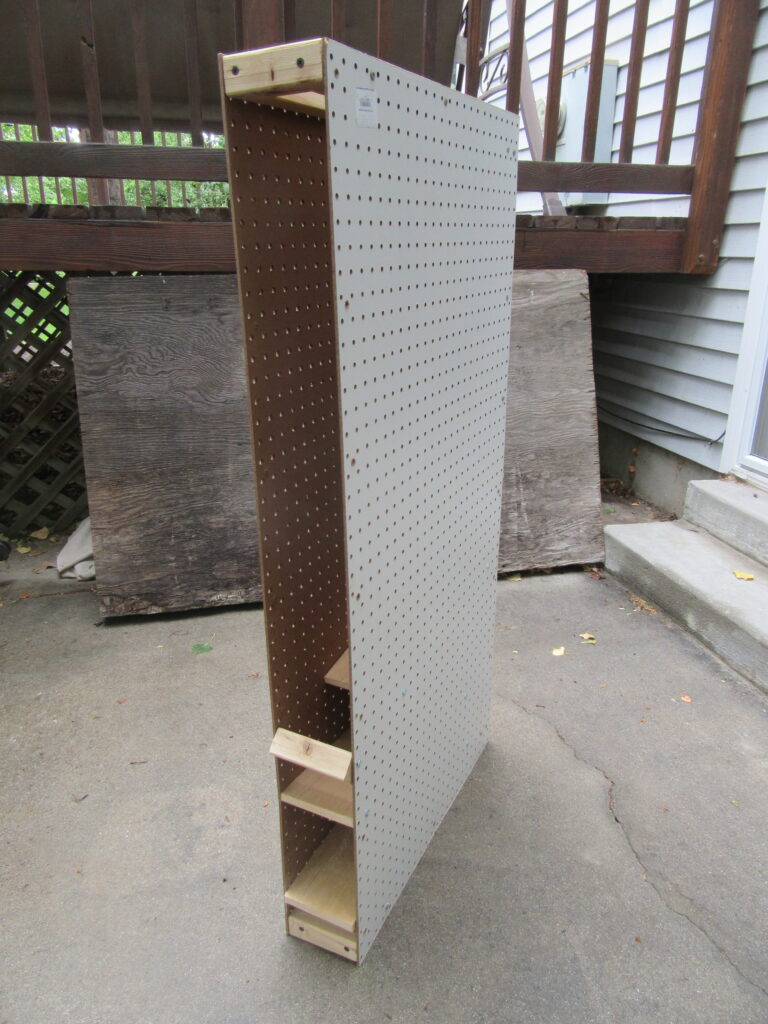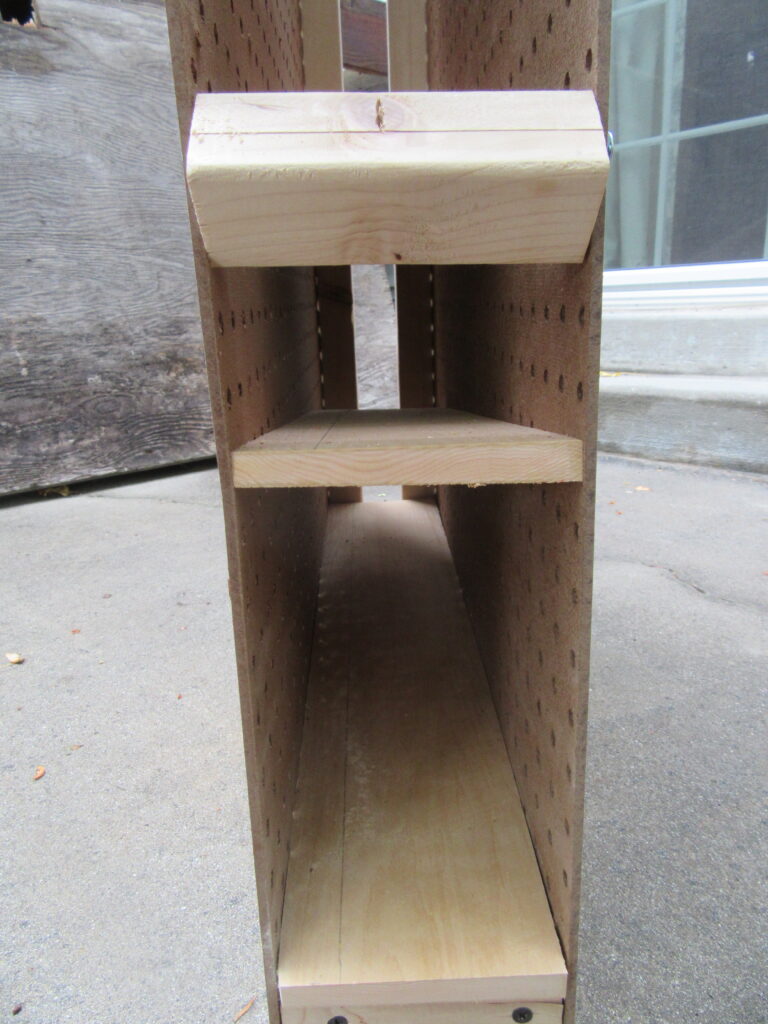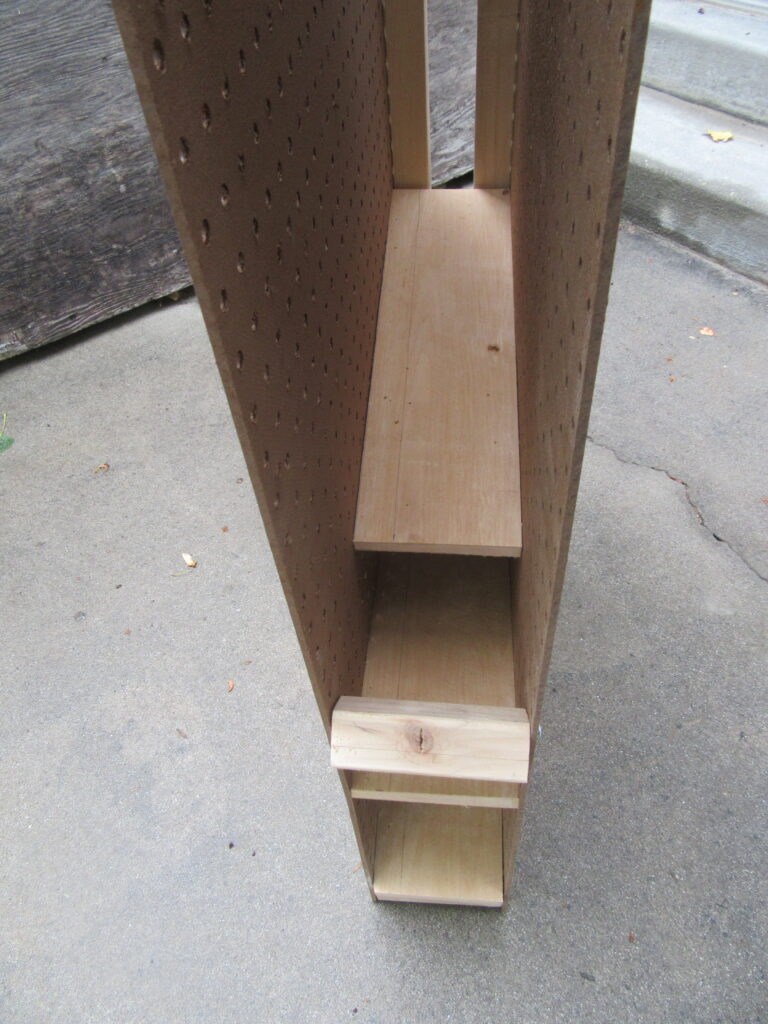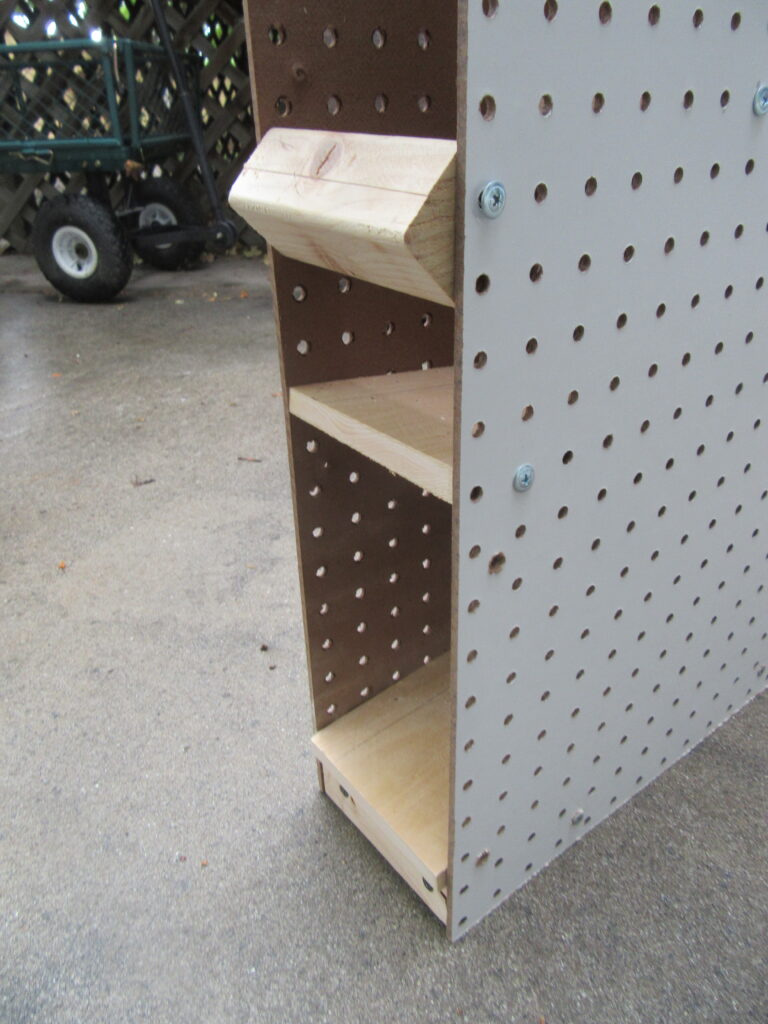Okay, let’s go back and look at the third section of Trudi Griffin’s wiki-How article, How to Be Self Reliant. Last time we talked about managing your money independently. This time we go broad with the following topics:
- Identify and have knowledge of which things you must be responsible for
- Cook your own meals
- Plant a garden
- Master emergency health basics
- Understand basic auto mechanic repair
- Maintain your health
- Know when to visit your doctor
- Live off the grid
The first, knowing what you are responsible for, seems fairly obvious, or should be. Unfortunately we live in a time when people really don’t seem to know. Filing taxes, paying off credit card bills, paying the electric bill–these should be obvious. But whose responsibility is that patch of grass along the side of your house on the other side of the sidewalk from your fence? Do you know how your estate is handled in your state? Do you know where to vote? There is a lot to get to know in any new situation, and for many of them ignorance is no excuse.
When it comes to cooking I may diverge from Griffin a little. I think there’s a difference between not cooking for yourself and not knowing how to cook for yourself. If your priorities and income are such that you want to eat out, that’s not necessarily bad. Griffin cites money savings and better health as benefits, and while I agree on the monetary savings, it’s entirely possible to eat unhealthy at home, too, so perhaps learning about nutrition should be included in this?
Planting a garden within whatever space you have could be rewarding, educational, and cut food costs a little, even if it’s a little window-ledge herb garden in an apartment building or a lemon tree on the patio. Knowing how to keep plants alive and grow them to maturity is always a good skill to have in your self-reliance toolbox.
To Griffin “emergency health basics” includes things like learning CPR, first aid, or helping someone who is choking. It may also include learning basic and emergency treatments for hazards common to your area, like ticks or rattlesnakes, or exposure to poisonous plants. Consider the most common “what-if” scenarios where you live. She also recommends learning any basic medical procedures or operating medical equipment needed for your care or others around you so you can do them yourself in a pinch or even save some money on nursing care.
Knowing how to maintain or repair your car may not be so important if you don’t have one, but if you do, learning to change a tire, examine your engine belts for wear, checking and changing fluids, or other basic maintenance items can save you money and time or help minimize the fallout from otherwise nasty situations. Keep an emergency kit suitable for your area in your car at all times.
I would add to this that learning how to perform basic maintenance around your home is also important. Fixing a leaky faucet, hanging a picture, changing a light bulb, oiling squeaky hinges or other items, rewiring lamps, backing up your computer, installing anti-virus, cleaning a dishwasher, using a garbage disposal, and many other tasks can save you money down the road.
Hopefully we already know what it takes to maintain your health. We should know about regular exercise and a healthy diet. If not, that’s a good place to start. Similarly, avoiding the doctor altogether is not necessarily the best plan, any more than is going to see the doctor for every little ailment. Make sure you schedule regular checkups appropriate to your age group. Be aware of health conditions that run in your family or result from your lifestyle. Learn the warning signs for life-threatening conditions, and what to do about them.
“Living off the grid” is not something I really recommend, and I’m a little surprised Griffin even brings it up. Fortunately she at least recommends starting with a vacation at an off-grid location so you get to experience it temporarily first before you decide. In any case, her advice here of considering growing your own food and exploring alternative energy are just the beginning of adopting that particular lifestyle, so if it interests you, do lots and lots of research first.
I’ll admit that to me this section of the article seems less useful, but perhaps that’s because I was involved in scouting growing up, and had parents that made sure I could handle most all of this before I left home. I don’t do much auto maintenance, it’s true, but I know at least to get my car in for regular maintenance, which had really saved my bacon on many occasions. They’re usually able to spot problems before they happen, which is important when most of your driving time is spent on the freeway. Breakdowns can and will happen in the worst possible places.
But even while I find the first point (Identify and have knowledge of which things you must be responsible for) a little silly (it’s like saying make sure you know about all the things you don’t know about), I find it also somewhat profound. Far too often these sorts of things are learned by accident, in the school of hard knocks. Schools don’t teach the basic life skills they used to, like maintaining and balancing a checking account, or registering your car, etc. Finding out before you start “adulting” just what all is involved will spare you a lot of pain.
But in the end, this is really what self-reliance is all about. It’s figuring out what can go wrong in your life, weighing the costs of dealing with that problem vs. the cost of avoiding it, and planning accordingly. I don’t need to learn how to prepare my house for a hurricane (in Utah!), and the cost of which far outweighs the risk of doing nothing. Learning how to recognize heat stroke and how to treat it, however, may be worth the time and effort.
Much of this no one else can fully prepare you for. You must be self-reliant toward achieving self-reliance.




